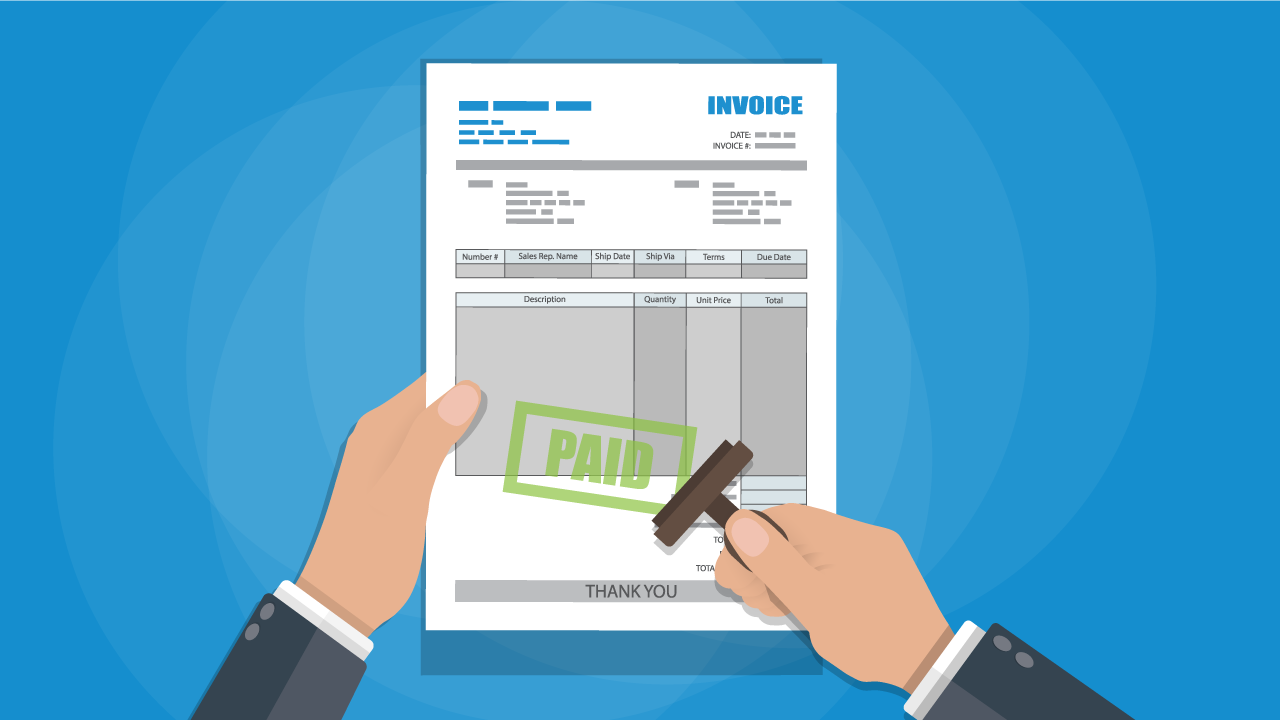The Franchise Forum
Expert financial advice, content, and strategies for your franchise business

What's the optimal schedule for rolling out multiple franchise units?For many franchise business owners, expanding with multiple units is a primary objective. In fact, figures from FranData indicate more than 53 percent of franchise units in the U.S. are owned by multi-unit operators.
However, whether you're hoping to open only a handful of franchise locations or many more, determining the optimal schedule for expansion can be difficult.
While there's no one-size-fits-all timeline that will work for every franchise business owner, understanding the specific challenges associated with your expansion plans can help you identify your ideal rollout schedule.
"Lenders may have limits on how long you've been in business before helping you finance a new store."
Initial expansion
According to Randy Jones, Chief Revenue Officer and Lending Solutions at ApplePie Capital, planning the initial expansion of your franchise portfolio depends on multiple factors.
"Before you open a second unit, you should first feel comfortable with your ability to operate one," he says. " Additionally, some lenders may have limits on how long you've been in business before they help you finance another. Other lenders might just focus on the profitability of the first location."
You can rely on cost and profitability projections for your first unit to obtain franchise capital. However, financing for the second unit will be based on how well the first one is performing. In order to support quicker expansion, Randy recommends first-time franchisees avoid paying out of pocket for their original location.
"The strategy is to use a franchise business loan for the first location, because for the second, lenders will want to see a positive debt service coverage ratio (DSCR)," he says. "If your loan amount is $100,000, you need to have $125,000 of income to cover it for a DSCR of 1.25."
Even if your first location is performing well, lenders may take a more subjective approach to analyzing it.
"The second unit is typically the most difficult to get financed quickly," Randy says. "Even if the first unit is performing like gangbusters, lenders might hold off to see if it's a fluke. They may want to wait on two years of tax returns before making a decision. A franchise business loan will allow you to preserve your personal capital to open the second unit."
Losing your liquidity means losing your leverage, making it essential to strategically use franchise business loans if quick expansion is your goal.
"Once you've expanded to four units, you have a whole new set of details to keep in mind."
Opening several franchise units
Opening a higher number of franchise locations comes with its own unique challenges.
"Once you've expanded to four units, you have a whole new set of details to keep in mind," Randy says. "You have to have an infrastructure in place to run several businesses simultaneously. You likely need to hire a lot of different people. There's a skill set that needs to be learned."
As with your initial franchise business location, it's imperative to ensure each successive location is profitable before moving on.
"Franchise financing is always cashflow-based lending," Randy says. "The best way to grow quickly is to make a profit, show that you're making a profit on your taxes and take as little money out of the business as you possibly can. There are some people who have million-dollar locations who only show they're making a fraction of that money. Instead of saving money on taxes, the goal for expansion is to show as much profit as possible."
Selecting the right franchise business loan
Some loan details are more important than others when it comes to expansion. For instance, the length of your loan term has a much greater impact on cash flow than interest rate, and positive cash flow is vital.
"Make sure you're not overly focused on interest rate or the type of loan you're obtaining, because a 10-year term means a lower monthly payment than a 7-year term," Randy says. "Maybe you have a higher interest rate, but your monthly payment is drastically less. Monthly payment size should be the focus when you want to grow fast."
Ultimately, the optimal schedule for rolling out multiple franchise units will depend on a combination of factors, including the financial wherewithal of the franchisee, the profitability of their existing unit or units and what their ultimate business objective is.
Where you are in your expansion efforts, how strategically you've used your franchise capital options and whether you're working with a lender that supports quick expansion all play a significant role in your ability to stick to your personal timeline.
Have a topic or question you'd like us to cover on The Franchise Forum? Let us know!
For many franchise business owners, expanding with multiple units is a primary objective. In fact, figures from FranData indicate more than 53 percent of franchise units in the U.S. are owned by multi-unit operators.
However, whether you're hoping to open only a handful of franchise locations or many more, determining the optimal schedule for expansion can be difficult.
While there's no one-size-fits-all timeline that will work for every franchise business owner, understanding the specific challenges associated with your expansion plans can help you identify your ideal rollout schedule.
"Lenders may have limits on how long you've been in business before helping you finance a new store."
Initial expansion
According to Randy Jones, Chief Revenue Officer and Lending Solutions at ApplePie Capital, planning the initial expansion of your franchise portfolio depends on multiple factors.
"Before you open a second unit, you should first feel comfortable with your ability to operate one," he says. " Additionally, some lenders may have limits on how long you've been in business before they help you finance another. Other lenders might just focus on the profitability of the first location."
You can rely on cost and profitability projections for your first unit to obtain franchise capital. However, financing for the second unit will be based on how well the first one is performing. In order to support quicker expansion, Randy recommends first-time franchisees avoid paying out of pocket for their original location.
"The strategy is to use a franchise business loan for the first location, because for the second, lenders will want to see a positive debt service coverage ratio (DSCR)," he says. "If your loan amount is $100,000, you need to have $125,000 of income to cover it for a DSCR of 1.25."
Even if your first location is performing well, lenders may take a more subjective approach to analyzing it.
"The second unit is typically the most difficult to get financed quickly," Randy says. "Even if the first unit is performing like gangbusters, lenders might hold off to see if it's a fluke. They may want to wait on two years of tax returns before making a decision. A franchise business loan will allow you to preserve your personal capital to open the second unit."
Losing your liquidity means losing your leverage, making it essential to strategically use franchise business loans if quick expansion is your goal.
"Once you've expanded to four units, you have a whole new set of details to keep in mind."
Opening several franchise units
Opening a higher number of franchise locations comes with its own unique challenges.
"Once you've expanded to four units, you have a whole new set of details to keep in mind," Randy says. "You have to have an infrastructure in place to run several businesses simultaneously. You likely need to hire a lot of different people. There's a skill set that needs to be learned."
As with your initial franchise business location, it's imperative to ensure each successive location is profitable before moving on.
"Franchise financing is always cashflow-based lending," Randy says. "The best way to grow quickly is to make a profit, show that you're making a profit on your taxes and take as little money out of the business as you possibly can. There are some people who have million-dollar locations who only show they're making a fraction of that money. Instead of saving money on taxes, the goal for expansion is to show as much profit as possible."
Selecting the right franchise business loan
Some loan details are more important than others when it comes to expansion. For instance, the length of your loan term has a much greater impact on cash flow than interest rate, and positive cash flow is vital.
"Make sure you're not overly focused on interest rate or the type of loan you're obtaining, because a 10-year term means a lower monthly payment than a 7-year term," Randy says. "Maybe you have a higher interest rate, but your monthly payment is drastically less. Monthly payment size should be the focus when you want to grow fast."
Ultimately, the optimal schedule for rolling out multiple franchise units will depend on a combination of factors, including the financial wherewithal of the franchisee, the profitability of their existing unit or units and what their ultimate business objective is.
Where you are in your expansion efforts, how strategically you've used your franchise capital options and whether you're working with a lender that supports quick expansion all play a significant role in your ability to stick to your personal timeline.

Ready for a fresh approach to financing? Let’s talk.
Inquire about franchise financing today.
Get Started

